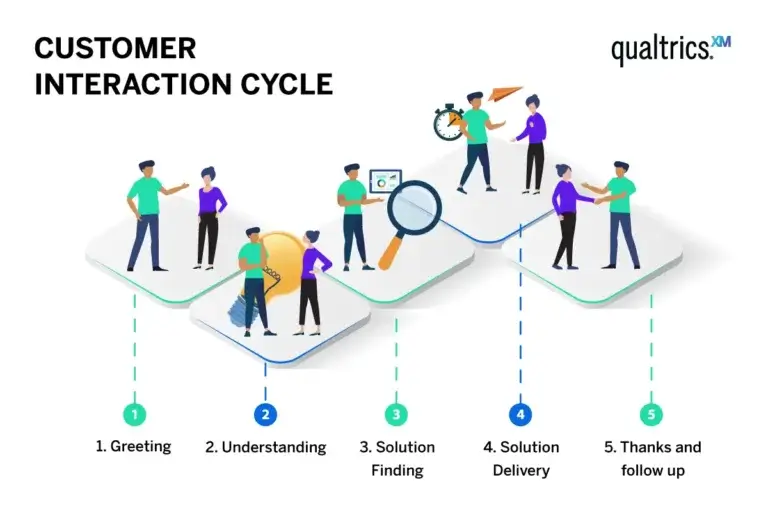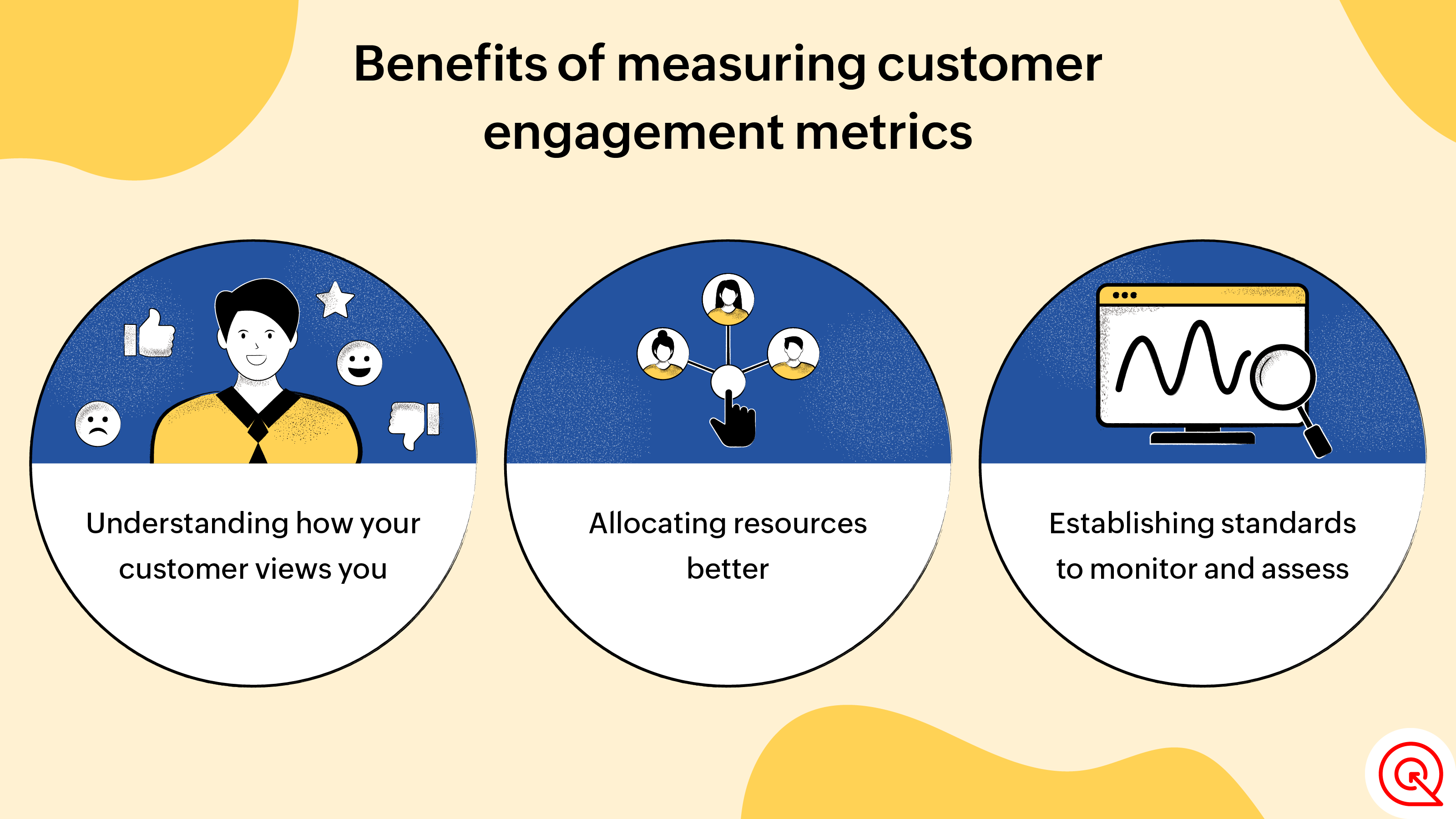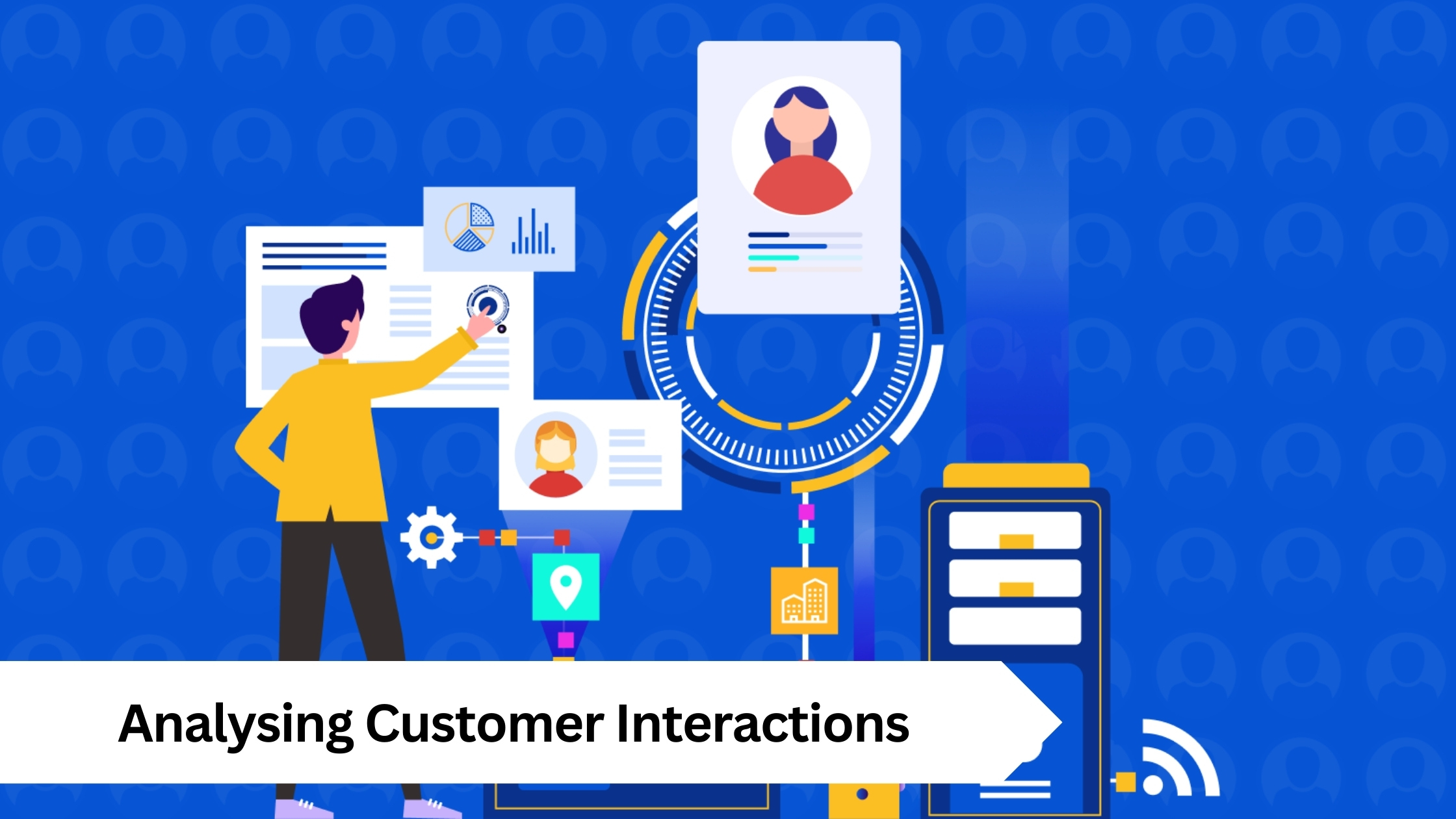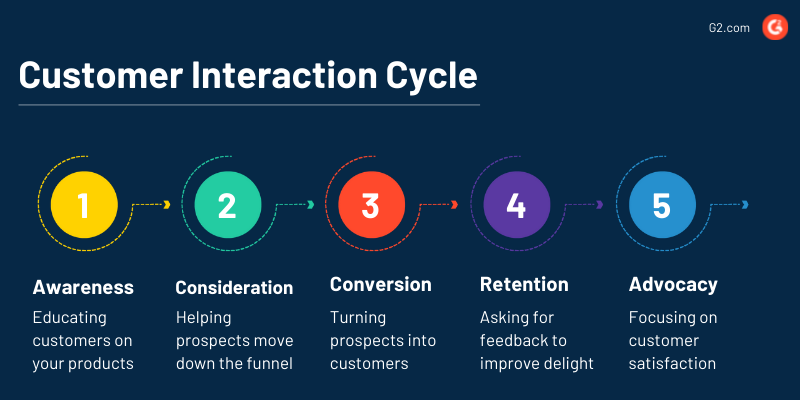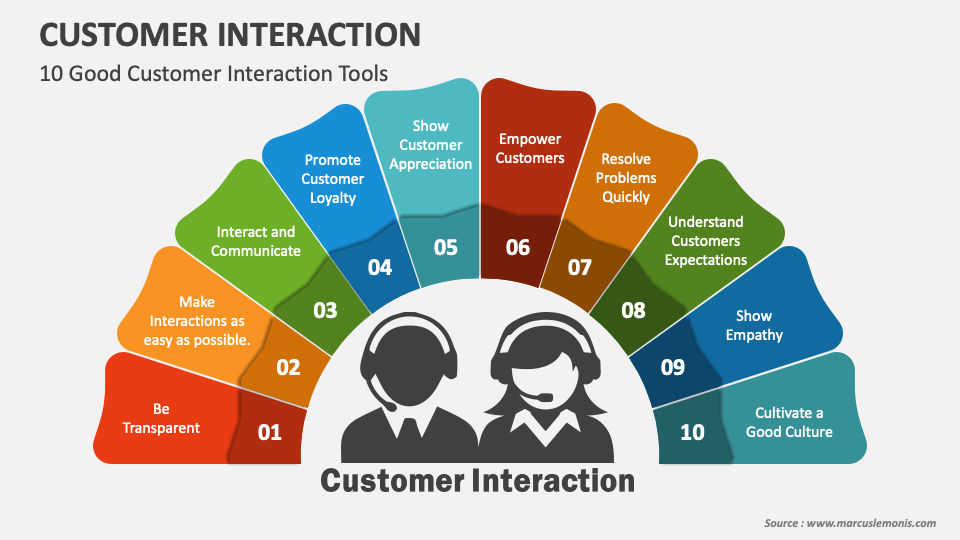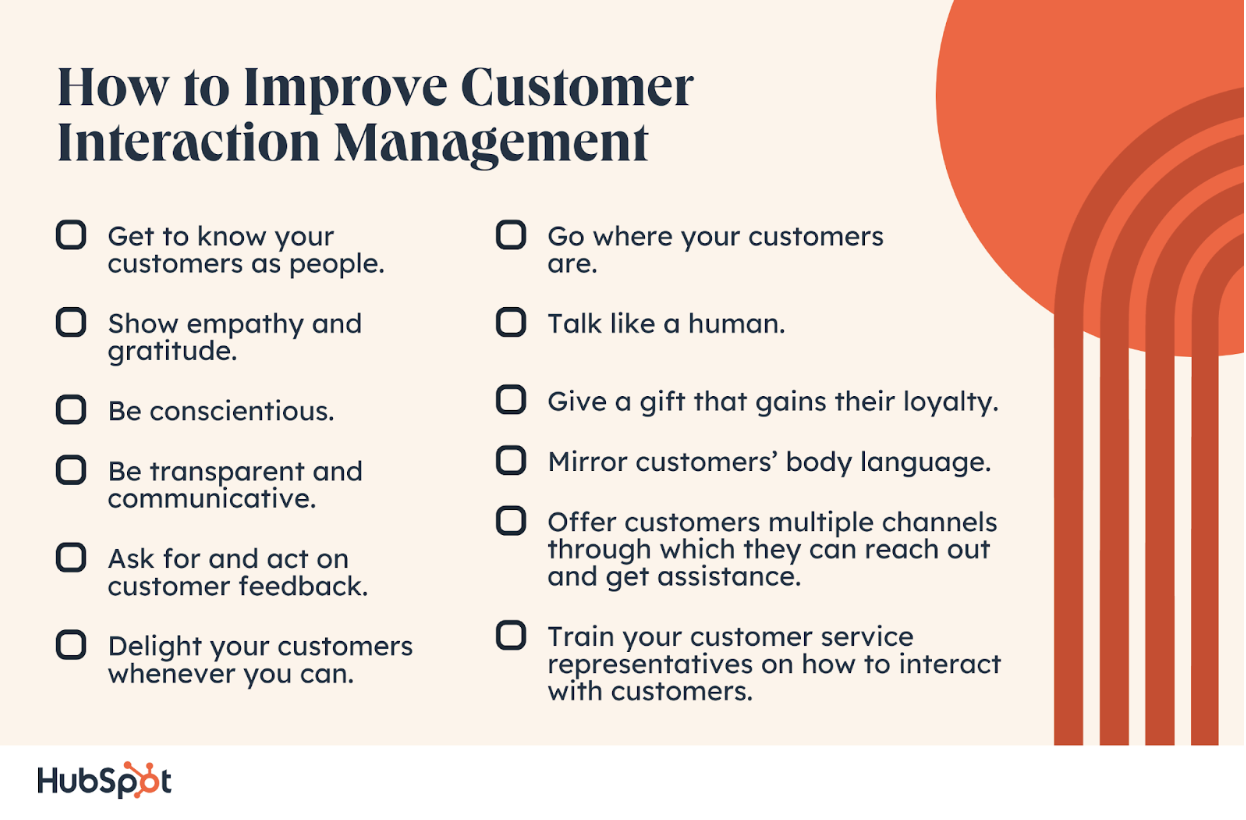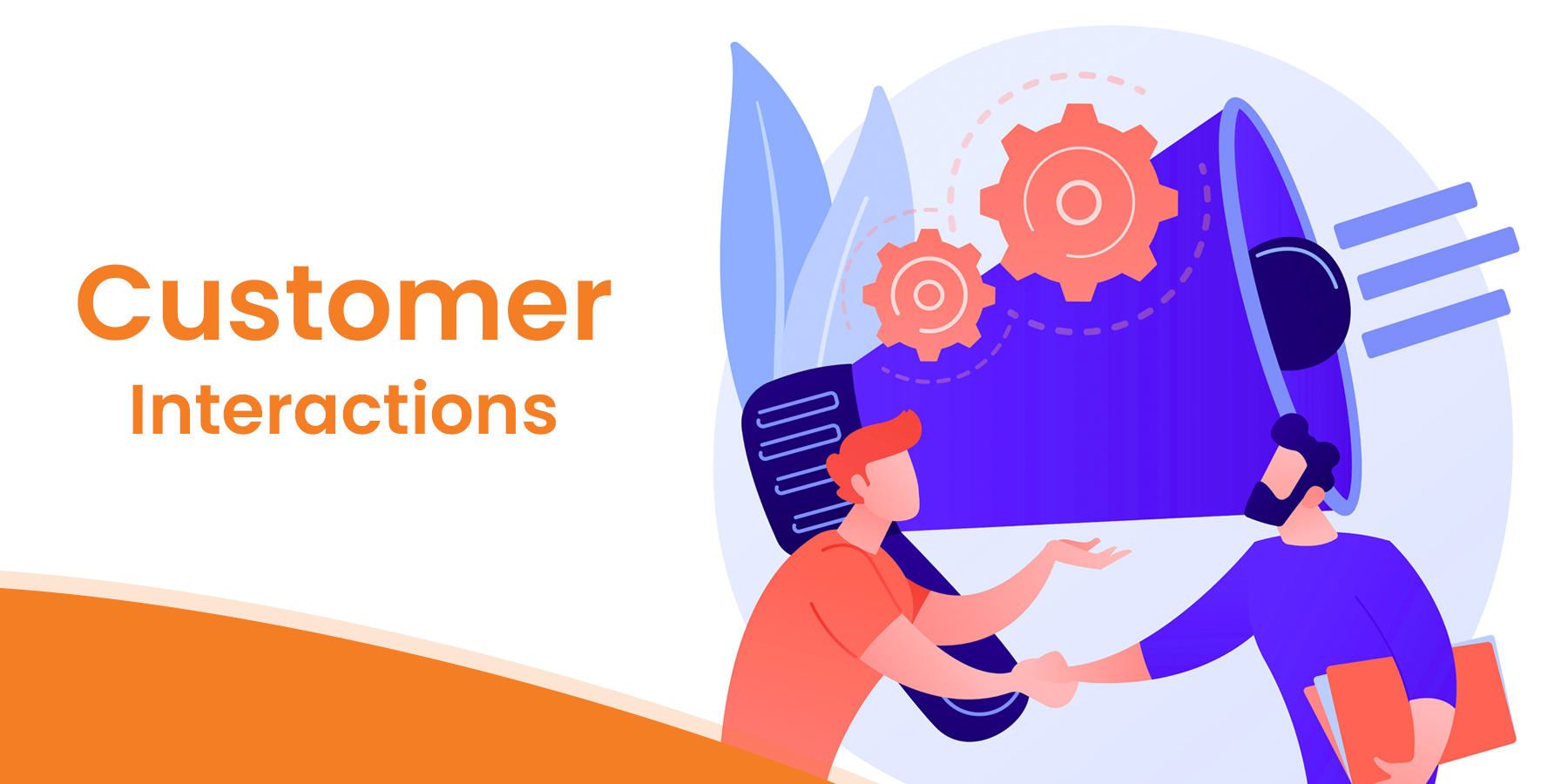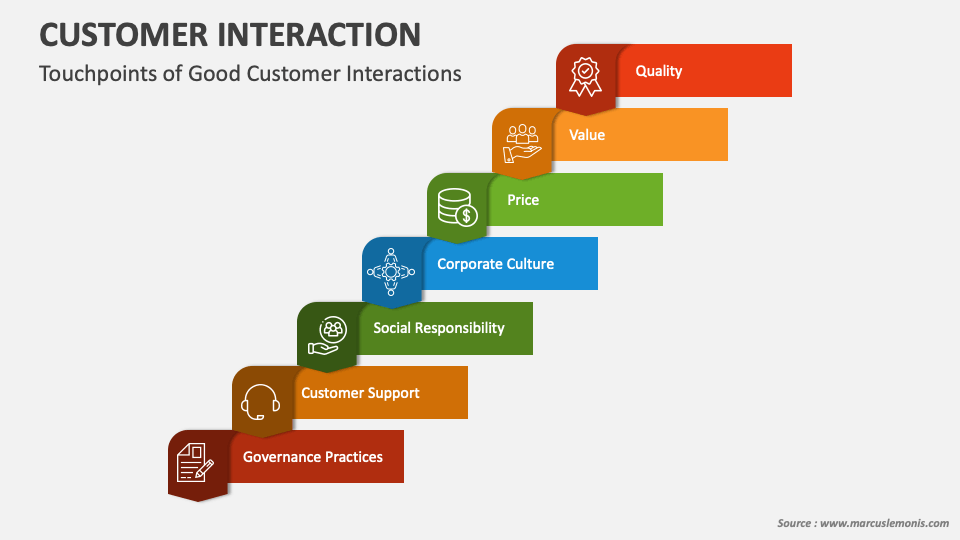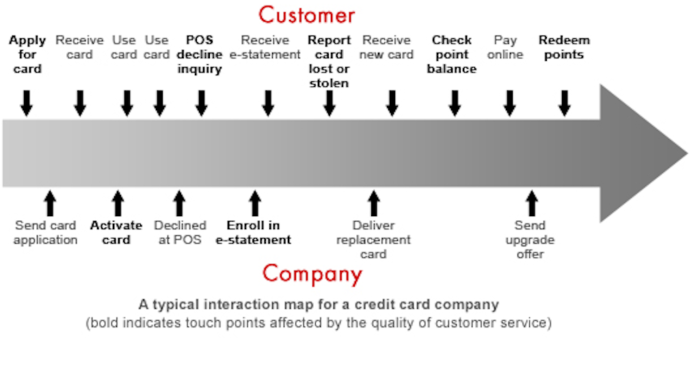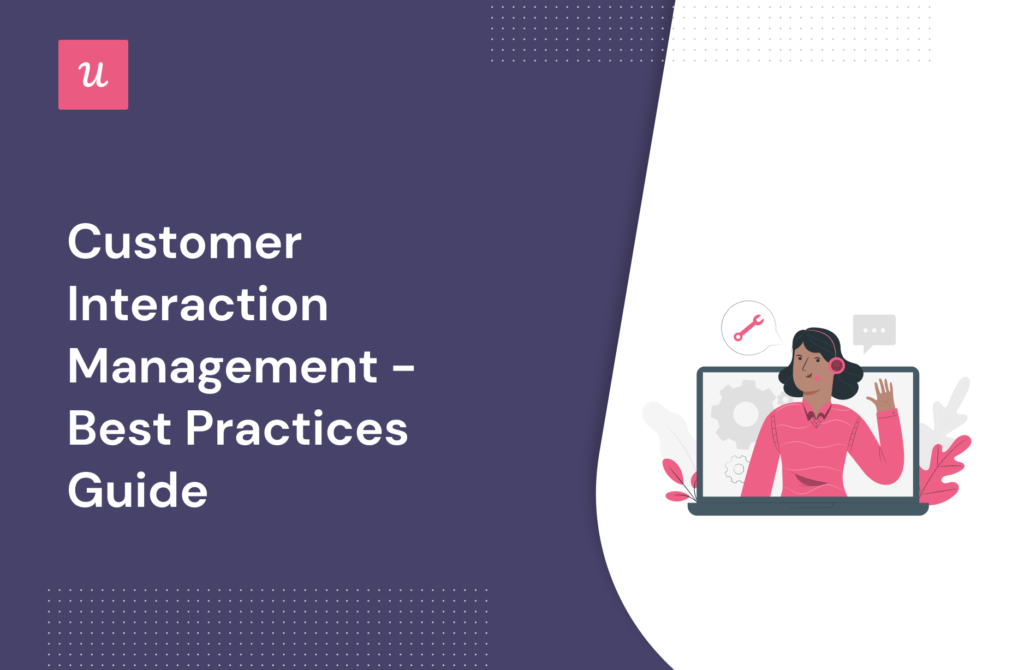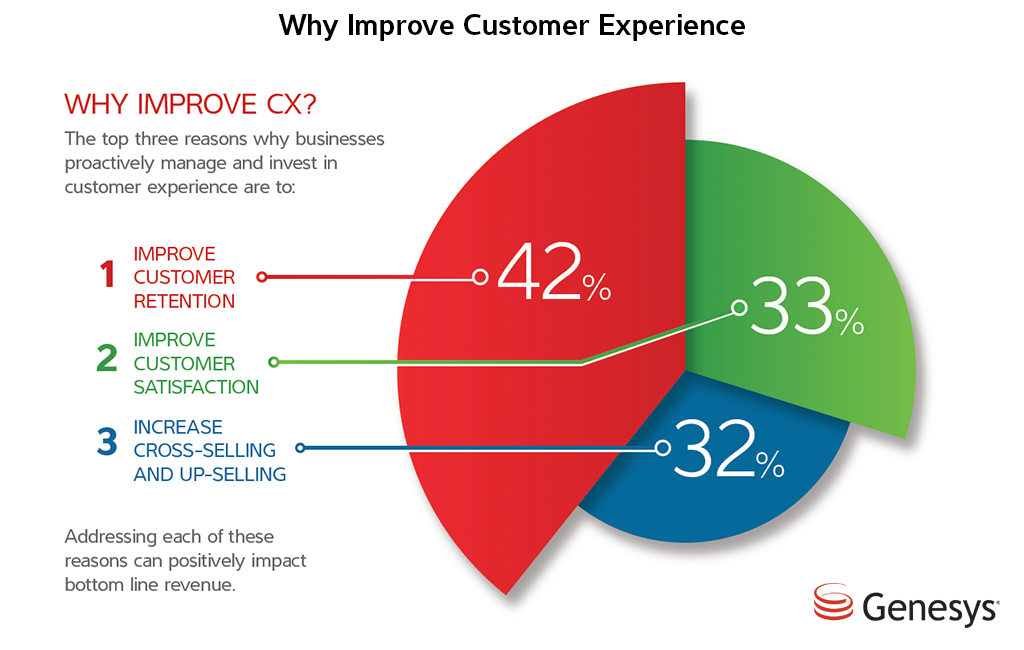The Average Duration Of Each Customer Interaction

In today's fast-paced digital landscape, time is not just money – it’s a critical measure of customer satisfaction and operational efficiency. The length of time a customer spends interacting with a company, whether online or offline, is emerging as a key performance indicator (KPI) shaping business strategies across industries.
Understanding the average duration of each customer interaction is no longer a luxury, but a necessity. Companies are racing to analyze and optimize these interactions to minimize friction, maximize engagement, and ultimately, boost their bottom line.
The Nut Graf: Why Interaction Time Matters
This article delves into the burgeoning importance of average customer interaction duration. We examine how businesses are tracking and leveraging this metric, the factors influencing interaction length, and the strategies they are deploying to strike a balance between efficiency and personalized service. We will also explore the impact of emerging technologies like AI and automation on interaction times and the challenges companies face in adapting to evolving customer expectations.
Defining and Measuring Customer Interaction Duration
Customer interaction duration refers to the time elapsed from the moment a customer initiates contact with a company to the point where the interaction is concluded. This can encompass a wide array of channels: phone calls, live chat sessions, email exchanges, in-person meetings, and even interactions within mobile apps or social media platforms.
Measuring this duration accurately is crucial. Companies are employing various methods, from sophisticated call center analytics and CRM systems that track interaction timestamps to website analytics that monitor user behavior and session length.
These measurements allow for a granular understanding of where customers spend their time and which touchpoints are proving most efficient (or inefficient). Different industries will have different standards for what is considered an acceptable duration.
Factors Influencing Interaction Length
Several factors can significantly influence the average duration of customer interactions. The complexity of the issue at hand is a primary driver.
A simple query like checking an order status will naturally take less time than troubleshooting a technical problem. The skill and training of the customer service representative also play a pivotal role. A well-trained agent can resolve issues more quickly and efficiently, leading to shorter interaction times.
The channel through which the interaction occurs also impacts duration. According to a report by Forrester Research, live chat often results in shorter resolution times compared to phone calls, while email interactions tend to be the longest due to asynchronous communication.
Strategies for Optimizing Interaction Time
Businesses are implementing a variety of strategies to optimize customer interaction duration, with the goal of reducing unnecessary time while still providing excellent service. Self-service options are a key component.
By offering comprehensive FAQs, knowledge bases, and how-to videos, companies can empower customers to find answers independently, reducing the need for direct contact with support agents. AI-powered chatbots are also becoming increasingly prevalent. These bots can handle simple inquiries, freeing up human agents to focus on more complex issues.
Another important strategy is to streamline internal processes. This might involve improving agent training, providing better access to information, or implementing more efficient ticketing systems.
The Role of Technology: AI and Automation
Artificial intelligence and automation are revolutionizing customer service and significantly impacting interaction duration. AI-powered chatbots are capable of handling a large volume of inquiries simultaneously, providing instant responses and resolving simple issues without human intervention.
AI can also analyze customer data to personalize interactions and predict customer needs, allowing agents to address issues proactively and resolve them more quickly. Furthermore, automation can streamline repetitive tasks, such as data entry and form filling, freeing up agents to focus on more complex and value-added activities.
Despite the benefits, the adoption of AI and automation must be carefully managed to avoid alienating customers. A recent survey by PwC found that while customers appreciate the convenience of AI-powered solutions, they still value human interaction for complex or sensitive issues.
Challenges and Considerations
While optimizing interaction time is important, companies must avoid sacrificing quality for speed. Rushing through interactions can lead to incomplete resolutions, frustrated customers, and ultimately, damage to brand reputation.
Personalization is also crucial. Customers are increasingly expecting tailored experiences, and companies must find a way to balance efficiency with personalized service. This requires a deep understanding of customer needs and preferences, as well as the ability to adapt communication styles to individual customer profiles.
Data privacy and security are also paramount. As companies collect more data on customer interactions, they must ensure that this data is protected and used responsibly.
Looking Ahead: The Future of Customer Interaction
The average duration of customer interaction is poised to remain a critical KPI for businesses in the years to come. As technology continues to evolve and customer expectations continue to rise, companies will need to adapt their strategies to remain competitive.
The integration of AI and automation will likely deepen, with AI-powered solutions becoming even more sophisticated and capable of handling a wider range of customer inquiries. Omni-channel support will become increasingly important.
Companies will need to provide seamless experiences across all touchpoints, allowing customers to seamlessly transition between channels without having to repeat information or start from scratch. Ultimately, the key to success will be finding the right balance between efficiency, personalization, and quality, ensuring that every interaction, regardless of its duration, leaves the customer feeling valued and satisfied.


